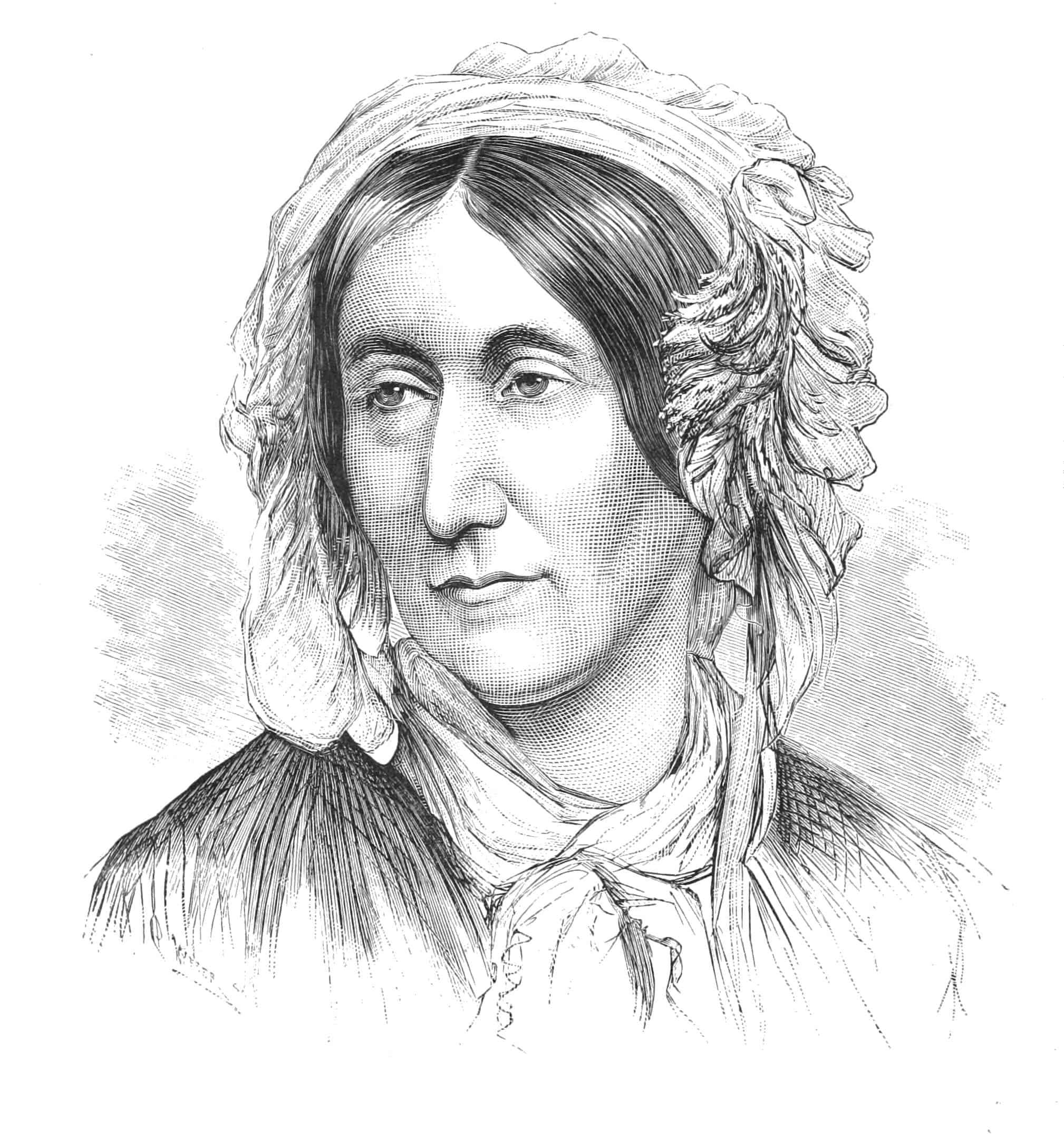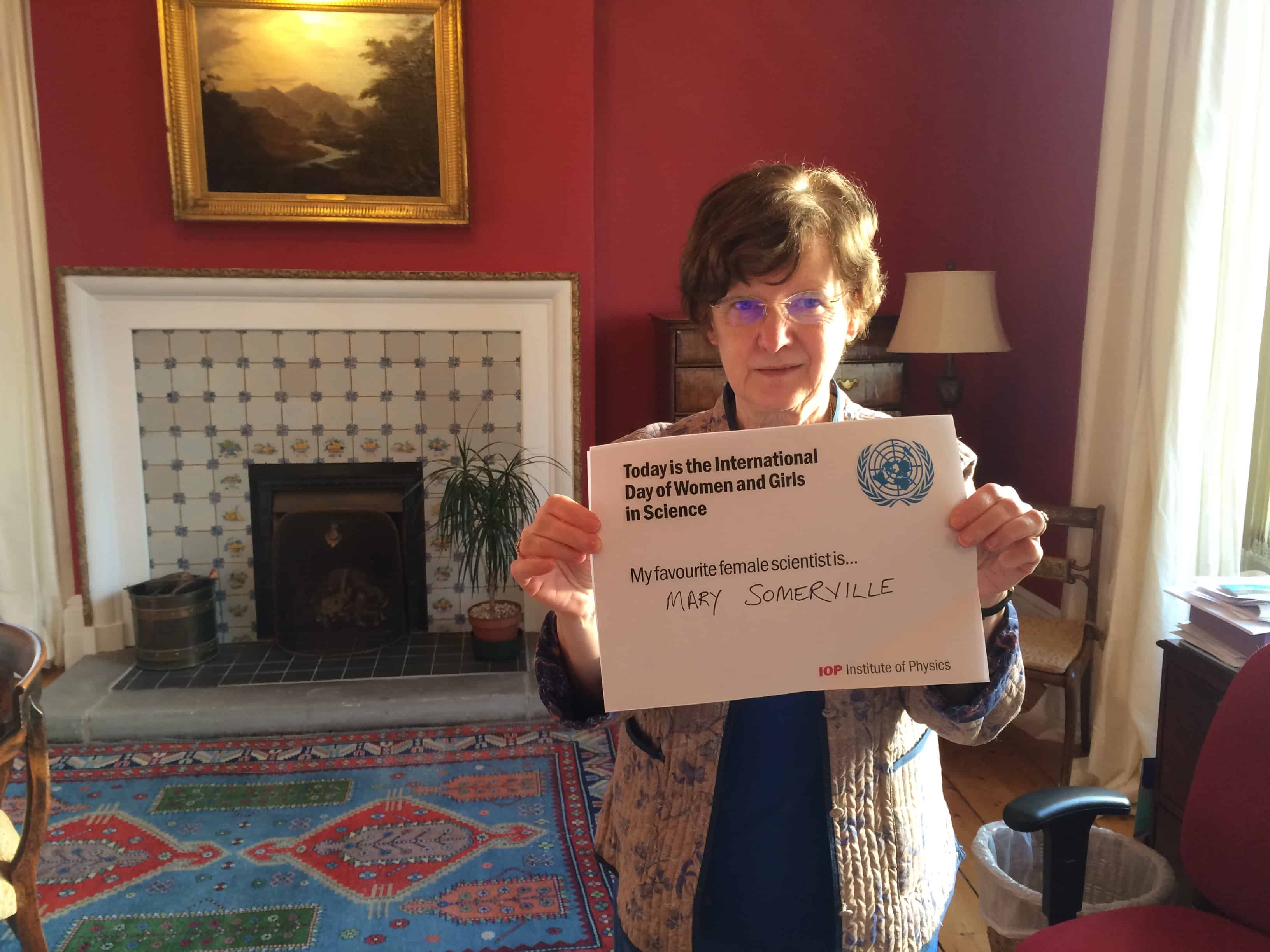
By James Dacey
Alice Prochaska, the principal of Somerville College, Oxford, told me yesterday that she is “absolutely thrilled” that Mary Somerville (1780–1872) will appear on a new £10 Scottish banknote. Prochaska believes the decision will help to give the Scottish polymath, whose work led to the discovery of Neptune, the wide recognition she has not yet received. Somerville will be the first woman other than a royal to appear on a Scottish banknote.
The decision had been announced earlier this week by the Royal Bank of Scotland (RBS), following a somewhat bungled public vote. On 1 February, RBS launched a week-long Facebook poll to determine whether Somerville, the engineer Thomas Telford or the physicist James Clerk Maxwell should adorn the new note, which will be issued in the second half of 2017. Having led comfortably throughout, Somerville was overtaken at the eleventh hour by Telford, following a suspicious flurry of votes mainly from outside of the UK. This triggered a three-day stewards’ inquiry before the bank declared Somerville the winner on Wednesday.
I’d travelled to Somerville College to record a podcast about the life of Mary Somerville and how her legacy survives today. Somerville achieved great fame in the second half of her life through her science writing and mathematical interpretations of the work of Pierre Laplace. Somerville College was established as a women-only college at the University of Oxford in 1879 to give female students long overdue access to university education. Famous alumni include chemistry Nobel laureate Dorothy Hodgkin, and the only female prime ministers of the UK and India to date – Margaret Thatcher and Indira Ghandi. Today, the college accepts both men and women.
“Everybody associated with Somerville – all our current students and alumni – are really excited about this recognition,” says Prochaska, who trained as a historian. She told me that even people at the college are learning new things about Mary Somerville as a result of the initiative. By pure coincidence, yesterday was also the inaugural International Day of Women and Girls in Science as declared by the United Nations. The Institute of Physics, which publishes Physics World, asked people to share the name of their favourite female scientist on Twitter. Any guesses who Prochaska chose?

During my visit I also met the science historian Allan Chapman, author of the 2004 biography Mary Somerville: And the World of Science. He said Mary would be “tickled pink” to have her portrait on the banknotes as she was both astute with money and a patriotic Scot. Chapman has no doubt that if Somerville were around today, she would be a celebrated TV scientist, given her highly sociable personality and genius for explaining science to wide audiences.
You can find out much more from Chapman and Prochaska about the life of Mary Somerville by listening to our February podcast, which will be available in a couple of weeks via our podcast section.



